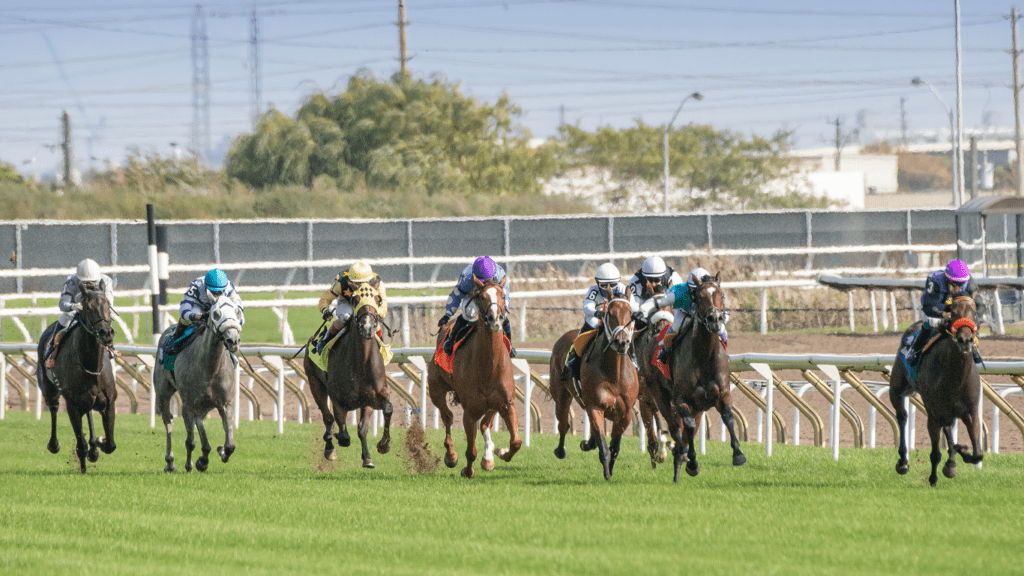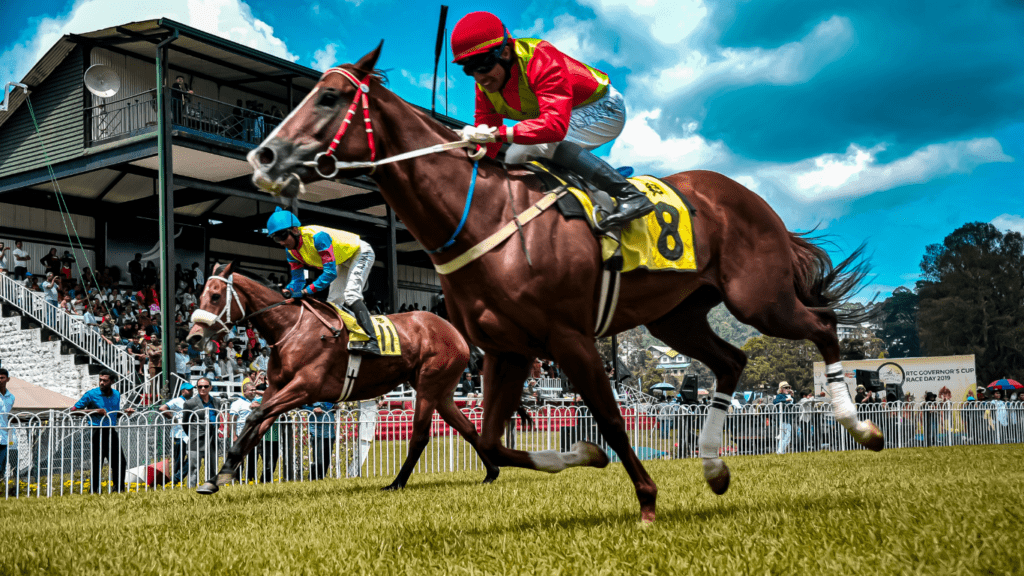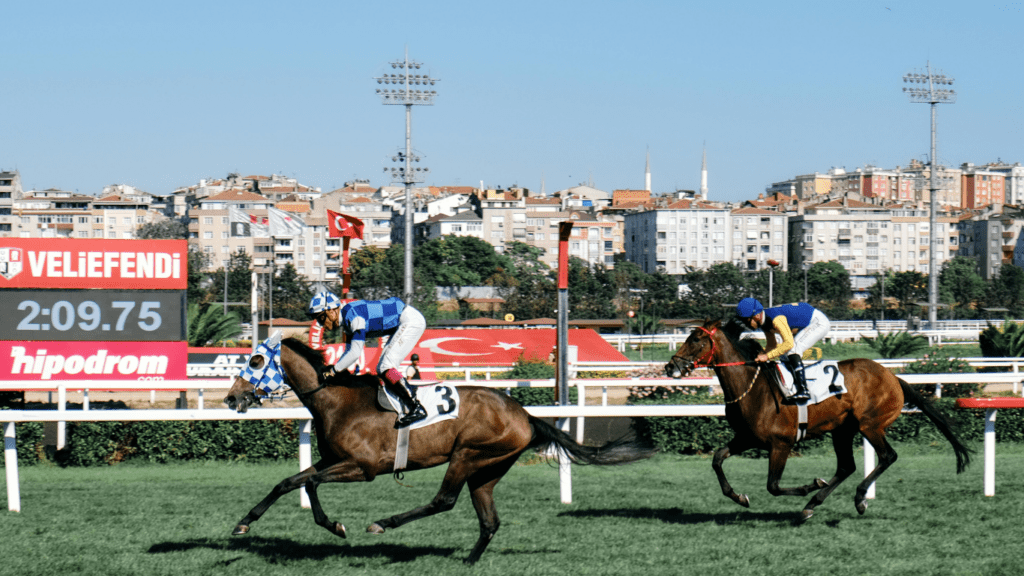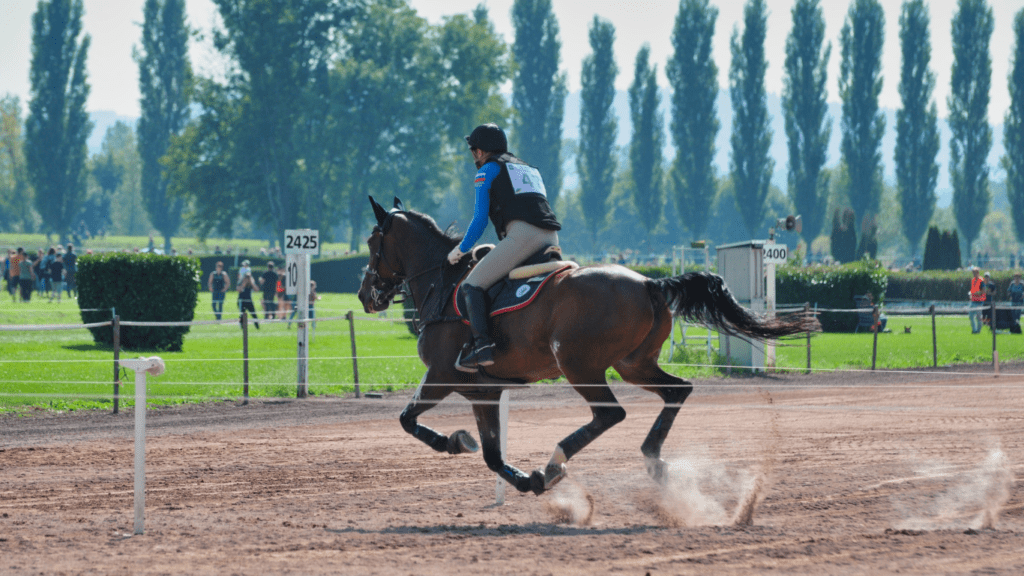Understanding Horse Racing Basics
Horse racing involves more than just picking a horse and hoping for the best. Each race provides specific insights into several aspects of the sport. Knowing the basics aids in decoding these insights effectively.
Types of Races
Horse races come in different types, which impact performance and betting outcomes.
- Flat Racing: Horses run on a level track over varying distances. Speed plays a significant role in these races.
- Jump Racing: Also known as steeplechasing, horses jump over obstacles. Stamina and jumping ability are critical factors.
- Harness Racing: Horses pull a cart, known as a sulky. It’s crucial to analyze both the horse and driver’s skills.
Key Participants
Each race involves multiple participants whose performance and characteristics are essential to evaluate.
- Jockey: Controls and directs the horse during the race. Experienced jockeys often influence performance positively.
- Trainer: Prepares the horse for racing by devising strategies and training routines. A successful trainer’s history can indicate potential winning strategies.
- Owners: Financially back horses and often influence race selections and placements.
Understanding Race Cards
Race cards offer detailed information about horses and races, essential for making analyses.
- Form Line: Represents a horse’s recent performance with numbers and symbols. Better form often suggests a higher chance of success.
- Weight: Indicates the weight the horse carries, including jockey. Lighter weights can lead to faster speeds, especially in sprint races.
Track Conditions
Track surface plays a crucial role in a horse’s performance. Understanding types of surfaces aids betting decisions.
- Dirt Tracks: Often favor speed-oriented horses. Conditions can change based on weather, impacting performance.
- Turf Tracks: Usually softer, favoring horses with good endurance. Conditions remain more consistent compared to dirt.
Observing Betting Markets
Market trends offer insights into public perception and expert predictions, valuable for informed betting.
- Odds Movements: Sharp changes can signal expert tips. Monitoring these helps in gauging valuable bets.
- Favorites and Longshots: Identifying consistent favorites or value-laden longshots aids strategic betting.
Understanding these basics provides a foundational grasp of horse racing, enabling you to analyze performances and enhance your betting approach.
Key Factors in Horse Performance

Understanding key factors can provide a strategic advantage when analyzing a horse’s performance. Each element offers unique insights into a horse’s potential on race day.
Recent Race Results
Recent race results give crucial indicators of a horse’s current performance level. Analyze finishing positions in the last three races. Consider if the horse has displayed consistent speed. Assess the competition it faced in those races, using the quality of competitors to gauge competitiveness. For example, placing against stronger opponents may signal rising potential despite not winning.
Class and Form of the Horse
Class and form assess a horse’s race condition and ability relative to its peers. Examine the class level of previous races, such as maiden, allowance, or graded stakes. Higher class races generally feature tougher competition. Evaluate the horse’s form cycle by observing patterns like improvement, decline, or plateau over recent outings. These insights reveal if a horse is ready to peak.
Trainer and Jockey Influence
Trainer and jockey influence plays a substantial role in race outcomes. Investigate trainer statistics, including win percentages and specific race success. Skilled trainers often maintain horses’ peak condition and employ strategic race planning. Jockey performance history is equally vital. An adept jockey can maximize a horse’s capabilities through positioning and timing, significantly enhancing race performance.
Analyzing Track Conditions
Evaluating track conditions is crucial for predicting a horse’s performance. These conditions can significantly alter a race’s outcome and need thorough analysis before betting.
Surface Type
Surface type deeply affects a horse’s running ability. Dirt, turf, and synthetic tracks each offer distinct challenges and benefits. Horses often show a preference or a strong track record for one type. For instance, a horse may perform exceptionally on turf but struggle on dirt. To determine this, I check past performances on various surfaces. Trainers typically declare surface preferences for their horses, which helps confirm trends in past race results. Knowing the surface type at the racing venue guides my betting choices significantly.
Weather Impact
Weather conditions can dramatically influence track conditions. Rain, for example, can turn a firm turf into a soft one or create a muddy track from a dry dirt surface. I monitor weather forecasts leading up to race day to anticipate these changes. Some horses excel in wet conditions, while others might struggle. Historical data often reveals a horse’s performance under different weather conditions. Using this, I can predict potential impacts on race results more accurately and adjust my betting approach accordingly.
Evaluating Physical Condition of the Horse
When analyzing a horse’s performance, assessing its physical condition is crucial. Observations during the warm-up and the horse’s overall physical appearance provide valuable insights before placing bets.
Warm-up Observations
Observing the horse’s warm-up helps identify its readiness. I focus on stride fluidity and rhythm; a horse with a smooth, consistent stride likely feels comfortable and well-prepared. Energy levels are also telling—liveliness without being overly agitated suggests balance. Also, consider sweating; excessive sweating or being too calm can be signs of either nervousness or lack of focus.
Physical Appearance
Examining a horse’s physical appearance reveals much about its fitness. A shiny, well-groomed coat indicates good health. I check muscle definition, as well-defined muscles usually reflect thorough conditioning. Look for alert eyes and ears; these demonstrate a horse’s awareness and eagerness to compete. Additionally, observe leg alignment and swelling; unevenness or swelling could signal underlying issues. By paying attention to these physical cues, I can make better betting decisions.
Studying Race Strategies
Analyzing race strategies provides insight into a horse’s potential performance in upcoming races. By examining running styles and understanding position and pace, I can make more informed betting decisions.
Running Styles
Running styles highlight a horse’s typical race behavior, which can affect outcomes. Horses generally fall into categories like front-runners, stalkers, closers, or adaptable runners. Front-runners try to take the lead early, maintaining their position to the finish. Stalkers stay close to the leaders, ready to accelerate in the final stretch. Closers save energy at the beginning, making a strong push at the end. Adaptable runners mix these tactics based on competition and race conditions, showing versatility. Knowing a horse’s style helps predict performance in different scenarios.
Position and Pace
Position and pace detail how a horse manages race dynamics. A horse’s starting position can influence its ability to execute its running style effectively. Inside positions may benefit front-runners, while outside gates might pose challenges. Pace reflects the race’s speed environment. If a race features many front-runners, the pace often becomes fast, favoring closers. Conversely, a slow pace with fewer leaders may advantage front-runners or stalkers. Observing how a horse reacts to various pace scenarios enables me to anticipate its success in a particular race context.



